About the Project
This interactive website is one of the outcomes of the project ‘Making roads with objects: integrating past and present indigenous lives in NW Argentina’, which was undertaken through a collaboration between the Department of Archaeology and History at the University of Exeter, the Argentinean research teams CIIVAC (Interdisciplinary and Intercultural Research Collective of the High Valleys of Catamarca), PASCAL (Archaeological Project Calchaquí Past), and Fundación Tiempos (Tucumán, Argentina).
The principal objective of the project was to amplify the impact of the research undertaken during two previous projects funded by the AHRCUK (2010-2013), which were focused on:
- Investigating the networks of social interaction and exchange of materials and artefacts in NW Argentina during the Formative period, part of first millennium AD. The goal was to understand how these networks of social interaction and exchange of objects helped to create a complex social landscape of connections, identities, and relationships
- Understanding the important role of archaeological materials and places as connectors between the indigenous, descendant, and rural communities living in NW Argentina today with their ancestral territories, and develop ways to integrate their knowledge and perspectives with academic and scientific approaches in an equitable manner
Based on this previous work, the ‘Making roads…’ project integrates a variety of previously acquired and developed data about the practices of circulation and exchange implemented by ancient communities in NW Argentina throughout time, from the earliest villages that settled the region until the present. The work is primarily focused on the southern sector of the Calchaqui valleys area and the high western valleys of Catamarca, an area of various sites that were very important nodes in ancient interaction networks.
The website makes available the provenance database for archaeological artefacts developed in the previous projects, based on geochemical and petrographic analytical techniques, which allow us to estimate the likely source for the raw materials employed, sometimes with great accuracy.
The samples come from archaeological sites that were inhabited in different moments throughout the first millennium AD, part of what is known as the ‘Formative period’ (~1500 BC to AD1000). Specifically, our samples came from archaeological sites with dates between ~400BC and AD 1000. More information on the chronological organisation of the samples and the analysis can be found in the following related publications:
- PNAS Article: https://www.pnas.org/doi/10.1073/pnas.1610494114
- Full version with supplementary data: https://ore.exeter.ac.uk/repository/handle/10871/27320
- Elemental data accessible here: https://zenodo.org/records/13843415
A selection of academic source publications and general reading linked to individual records can be found when clicking on individual site records on the website.
We hope this website facilitates access and consultation of our results.
How to use and understand this database:
The database can be searched by clicking on a type of material, or by clicking on a particular artefact, site, or area. Entries for artefact and raw material samples include information about the geographic location where they were obtained, details about the material/style, and source if known.
For obsidian samples we were able to match most artefacts to a known obsidian source, but for pottery and vulcanite it was a bit more difficult. For Pottery samples, we were able to group them in groups with similar chemical composition, which means that they were all made with similar clays, and very likely coming from a single source. Unfortunately, we have not been able to fully match the chemical groups with specific sources- this is notoriously difficult to do- but we have some ideas for possible areas that are further discussed in the paper.
For Vulcanite samples, we were also able to group them according to their chemical composition, but we were not able to access the sources therefore we unable to confirm where they come from. Full discussion of these issues is available on the published papers.
